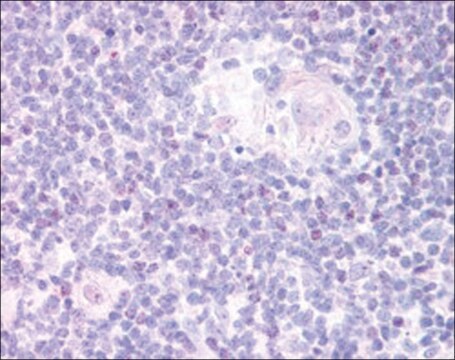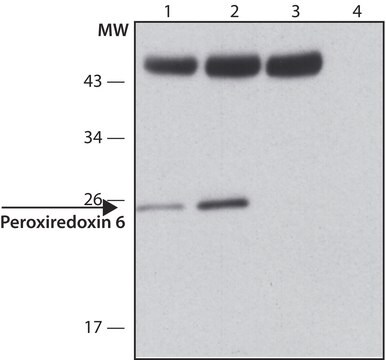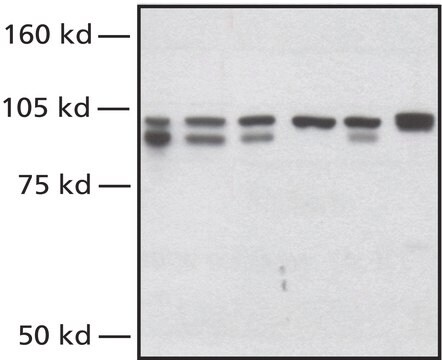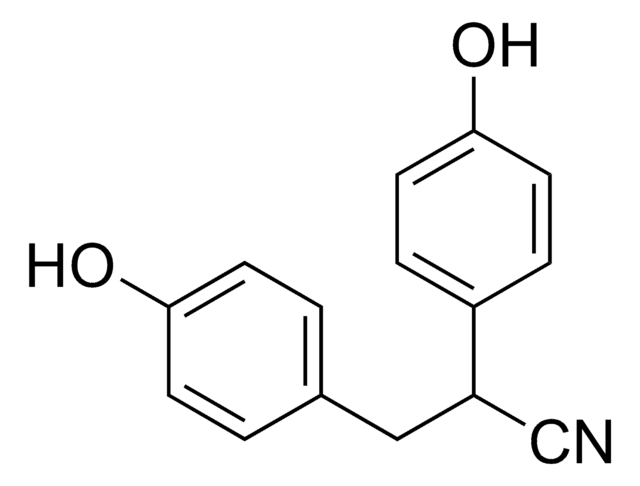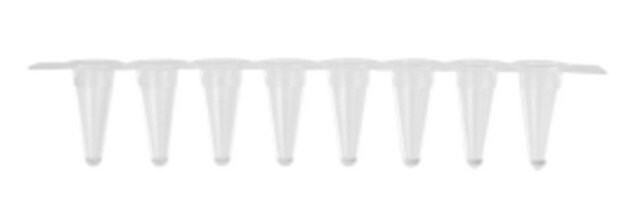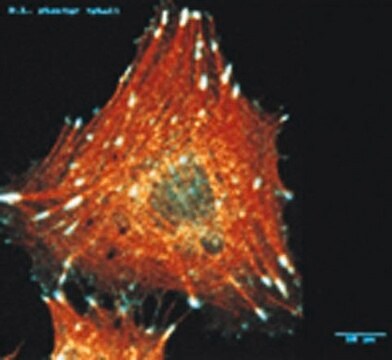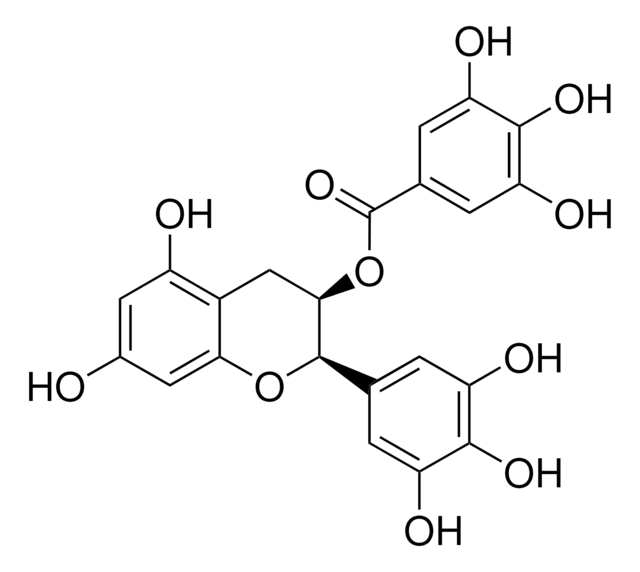Kluczowe dokumenty
H3791
Anti-HOXA3 antibody produced in rabbit
~1.0 mL/mL, affinity isolated antibody
Synonim(y):
Anti-HOX1, Anti-HOX1E, Anti-Homeobox A3, Anti-MGC10155
About This Item
Polecane produkty
pochodzenie biologiczne
rabbit
Poziom jakości
białko sprzężone
unconjugated
forma przeciwciała
affinity isolated antibody
rodzaj przeciwciała
primary antibodies
klon
polyclonal
Formularz
buffered aqueous solution
masa cząsteczkowa
antigen ~60 kDa
reaktywność gatunkowa
human, mouse
opakowanie
antibody small pack of 25 μL
stężenie
~1.0 mL/mL
metody
immunoprecipitation (IP): 5-10 μg using lysates of HEK-293T cells expressing human HOXA3
indirect immunofluorescence: 2-5 μg/mL using paraformaldehyde fixed HEK-293T cells over expressing human HOXA3
western blot: 2-4 μg/mL using lysates of HEK-293T cells over expressing human HOXA3
numer dostępu UniProt
Warunki transportu
dry ice
temp. przechowywania
−20°C
docelowa modyfikacja potranslacyjna
unmodified
informacje o genach
human ... HOXA3(3200)
mouse ... Hoxa3(15400)
Szukasz podobnych produktów? Odwiedź Przewodnik dotyczący porównywania produktów
Opis ogólny
Specyficzność
Zastosowanie
- proximity ligation assay
- immunoblotting
- immunoprecipitation
- immunofluorescence
Działania biochem./fizjol.
Postać fizyczna
Przechowywanie i stabilność
Oświadczenie o zrzeczeniu się odpowiedzialności
Nie możesz znaleźć właściwego produktu?
Wypróbuj nasz Narzędzie selektora produktów.
Kod klasy składowania
12 - Non Combustible Liquids
Klasa zagrożenia wodnego (WGK)
nwg
Wybierz jedną z najnowszych wersji:
Certyfikaty analizy (CoA)
Nie widzisz odpowiedniej wersji?
Jeśli potrzebujesz konkretnej wersji, możesz wyszukać konkretny certyfikat według numeru partii lub serii.
Masz już ten produkt?
Dokumenty związane z niedawno zakupionymi produktami zostały zamieszczone w Bibliotece dokumentów.
Nasz zespół naukowców ma doświadczenie we wszystkich obszarach badań, w tym w naukach przyrodniczych, materiałoznawstwie, syntezie chemicznej, chromatografii, analityce i wielu innych dziedzinach.
Skontaktuj się z zespołem ds. pomocy technicznej